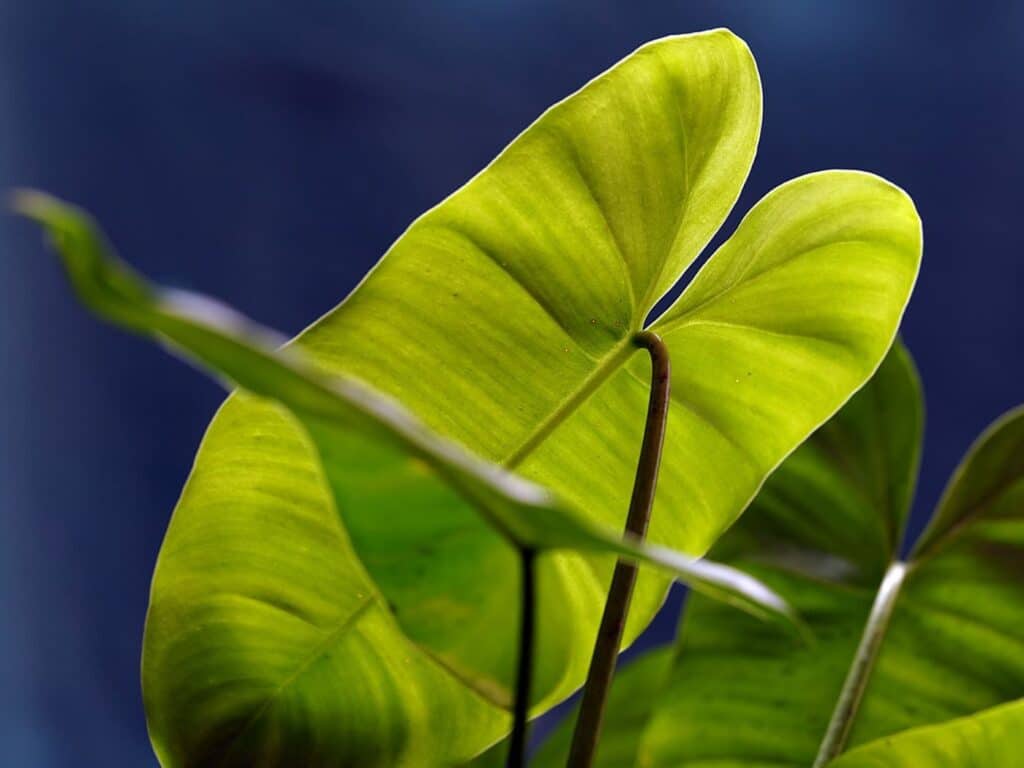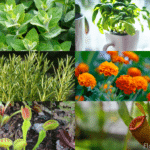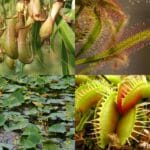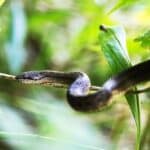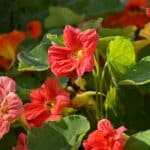Ever found yourself gazing at your beloved Alocasia plant, only to spot an alarming change? Those once vibrant green leaves now don a worrying shade of yellow. You’re not alone. Many plant enthusiasts experience this issue and it’s a sign that your leafy friend needs help.
But don’t fret! This isn’t the end of your green thumb journey. With the right knowledge and a bit of patience, you can nurse your Alocasia back to health.
In this article, we’ll explore the possible reasons behind this color change and offer practical solutions to restore your plant’s vitality. So, ready to become your Alocasia’s hero? Let’s dive in.
Understanding Alocasia Plants
Alocasia, a group of tropical plants, often attracts keen interest due to their large, stunning leaves and aesthetic appeal. However, as with any indoor plant, navigating the world of Alocasia care can be complex.
Your journey begins here, with an insight into the basics of Alocasia care, followed by a look at some of the commonly preferred types.
The Basics of Alocasia Care
Possessing an Alocasia plant is a delightful venture, but it demands some degree of meticulousness. These plants thread a thin line between hydration and dampness. Overwatering could turn leaves yellow, while underwatering causes them to become dry and brittle.
Contrary to popular belief, an Alocasia plant’s thirst doesn’t only depend on the frequency of watering but also the potting mix condition and the surrounding environment. Light is another vital factor for Alocasia’s well-being. These plants flourish under bright, but indirect sunlight.
Common Types of Alocasia
Navigating the realm of Alocasia, you’ll encounter a variety of types, each with its unique charm. Alocasia ‘Polly’ and Alocasia ‘Black Velvet’ are often the tailored choice for houseplant hobbyists.
Alocasia ‘Polly’ is renowned for its deeply patterned leaves, whereas Alocasia ‘Black Velvet’ commands attention with its dark, almost black leaves. Besides, if you fancy giant leaves, Alocasia ‘Portodora’ or Alocasia ‘Odora’ could capture your interest. They’re great for making a statement.
Caring for your Alocasia requires embracing its ever-evolving needs. Its mood may well change with conditions, but when you understand what underpins its color and twists, the journey is less daunting. Embrace the world of Alocasia, where unveiling the secrets of their well-being is a journey enjoyable and robust.
The Phenomenon of Yellowing Leaves
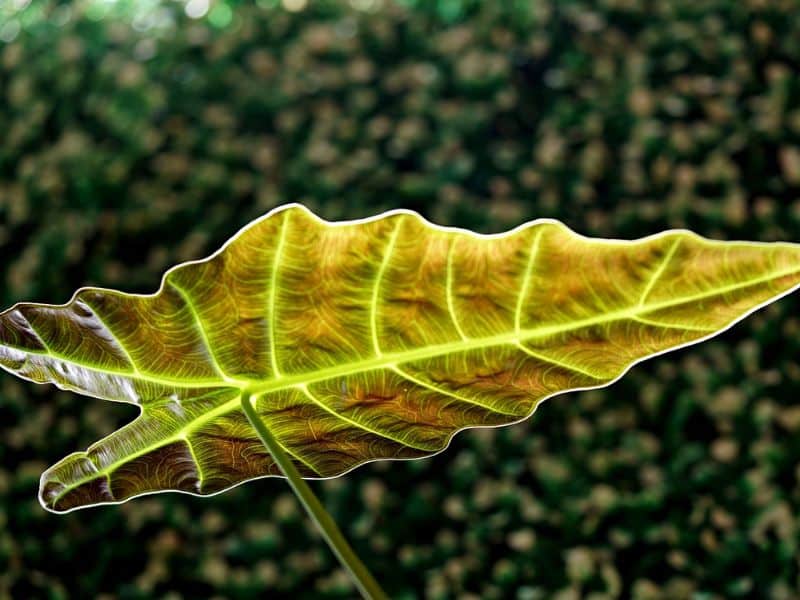
Yellow leaves in an Alocasia plant aren’t always cause for concern, but it’s essential to understand what your plant is trying to communicate. Let’s delve into the specifics.
What Yellow Leaves Mean for Alocasia
Yellow leaves on any plant, including Alocasia, usually signal stress. Alocasia plants are tropical beauties that require precise care to remain lush and vibrant. If you notice your Alocasia leaves turning yellow, it could be due to several factors.
Overwatering is often the primary culprit, as it leads to root rot — a condition that leaves your plant dehydrated and causes those bright green leaves to turn yellow. Incorrect light conditions, pests, disease, or even natural ageing could be other reasons.
Analyzing the environment, inspecting the soil moisture, or examining the light conditions, you can pinpoint the problem and rectify it. The vibrant green hues can return with the right attention and care.
Photosynthesis and Leaf Health
Alocasia’s leaf health impacts its ability to photosynthesize effectively. But how does this connect with the phenomenon of yellowing leaves?
Remember, photosynthesis is the process in which plants absorb sunlight and convert it into food for growth and development. A yellow leaf on an Alocasia plant means it cannot photosynthesize effectively. The color yellow indicates a lack of chlorophyll — the substance that plants use to carry out photosynthesis.
As you can imagine, then, if those lush, green leaves start turning yellow, it’s a sign that your Alocasia is distressed and needs immediate attention. Supporting your plant through this time involves identifying the source of stress and making necessary adjustments. The right care can help your Alocasia rebound, ensuring its leaves remain as vibrant and healthy as possible.
Common Causes of Alocasia Leaves Turning Yellow
Overwatering and Root Rot
One common reason for alocasia leaves turning yellow involves drowning roots. If you’re generously watering your plant without giving it adequate drainage, the roots may begin to rot. When roots rot, they no longer effectively absorb nutrients, leading to yellowing leaves. Root rot is one symptom of overwatering, meaning you’re drenching your plant too often.
Underwatering Stress
On the opposing end of water related plant stress, is underwatering. This may well occur when you’re not providing your plant with sufficient hydration. Underwatering can cause leaves to dry out, eventually turning yellow and brittle. If you notice the soil is dusty and dry, your plant may be suffering from undernourishment.
Nutrient Deficiencies
In some instances, you may notice your alocasia leaves turning yellow due to a lack of necessary plant nutrients. Particularly, deficiencies in nitrogen, magnesium, and iron could be the root cause of the issue.
Nitrogen aids in chlorophyll production, the green pigment plants require for photosynthesis. A nitrogen lack will come through as yellow leaves. Similarly, insufficient iron and magnesium will manifest as yellowing leaves.
Light and Temperature Stress
Lastly, exposure to unsuitable light and temperature may well be turning alocasia leaves yellow. These plants thrive in indirect sunlight and, when exposed to direct sunlight, leaf-tips dull and turn yellow.
When it comes to temperature, alocasias prefer a regulated climate. Extreme temperature variations, whether too warm or too cold, disrupt plant health, showcasing as yellow leaves.
Diagnosing the Problem
Examining Soil Moisture
Correctly identifying the soil’s moisture level forms an integral part of the diagnosis. A touch test presents a quick and reliable method. Plunge your index finger into the soil up to the second knuckle.
Surface dryness doesn’t always mean it’s necessitous of water; the sub-surface may well retain moisture. A dry sensation signifies the requirement of irrigation, whereas a damp feel negates the need.
Checking for Pests and Diseases
Investigative actions regarding pests and diseases fall next in line. Look closely at leaf undersides and stems for signs of tiny pests, like spider mites or aphids; they often manifest as yellow spots on leaves.
Discoloration or blemishes on plant bodies hint at fungal or bacterial diseases. For example, a fuzzy white coating on leaves may well denote powdery mildew. Identifying pests and diseases aids in formulating appropriate eradication strategies.
Solutions and Preventative Measures
Proper Watering Techniques
Inadequate watering can trigger your Alocasia’s leaves to turn yellow. The trick for perfect watering lies in maintaining balance. Your plant relishes in slightly damp soil, but not in a water-logged one.
Water your Alocasia until you see it flow out from the drainage holes of the pot, it ensures that every root gets a drink. Follow this up by allowing the soil to dry just a smidgen before the next watering. Be sure to avoid drenching, as watering too much can lead to root rot, becoming a major concern for your Alocasia’s health.
Optimizing Light Exposure and Temperature
With Alocasia plants, lighting and temperature play crucial roles in determining the plant’s health. Bright, indirect light is a sweet spot for these leafy beauties. Exposing them directly to scorching sunlight can cause their leaves to yellow and wither.
Ambient temperatures between 60-85°F are ideal, so make sure that your indoor environment complies with this range. Additionally, fluctuations can trigger stress in your Alocasia, hence, consistency in temperature is key.
Soil and Fertilization Best Practices
Expanding the lifespan of your Alocasia involves more than just watering and light. Soil and fertilization are crucial players too. A balanced pH, well-draining potting mix that’s rich in organic material is what your Alocasia craves.
Regular fertilization during the growing season (spring and summer) with a balanced liquid houseplant fertilizer aids in leaf production and keeps your plant healthy. However, over-fertilization can result in a build-up of salts that can trigger your Alocasia’s leaves to turn yellow so keep a close eye on this.
When to Consult a Professional
Despite your best efforts, if your Alocasia continues to show signs of yellowing leaves, it may well be time to rope in a plant health professional. Certain diseases and pest infestations can be quite tricky to handle without the right expertise.
A professional can also evaluate if the yellowing is due to a more serious root problem or a hidden pest issue that may require specialized treatments. Remember, it’s better to ask for help and ensure your Alocasia’s survival than to risk losing everything.
FAQs
Why do the leaves of my Alocasia plant turn yellow?
Leaf yellowing in Alocasia plants can be caused by various factors including overwatering, underwatering, nutrient deficiencies, and improper light or temperature conditions.
How do I revive the health of my Alocasia plant?
Proper care and maintenance practices are key. This includes sufficient watering without causing root rot, ensuring appropriate light exposure and temperature, and implementing soil and fertilization best practices.
What are some types of Alocasia plants?
Two popular Alocasia varieties are ‘Polly’ and ‘Black Velvet’. Each type possesses unique characteristics and may require specific care.
What is the best way to water an Alocasia plant?
Avoid overwatering or underwatering your Alocasia plant. Water sufficiently so the soil is moist but not waterlogged, which could lead to root rot.
Should I consult a professional if my Alocasia leaves keep yellowing?
Yes, persistent yellowing could point to more serious issues such as diseases or pest infestations. Professional help can provide specialized treatments for the survival and well-being of your Alocasia plant.
Up next:

